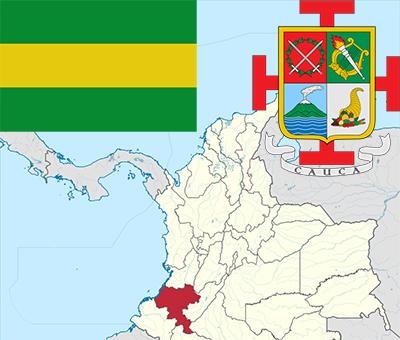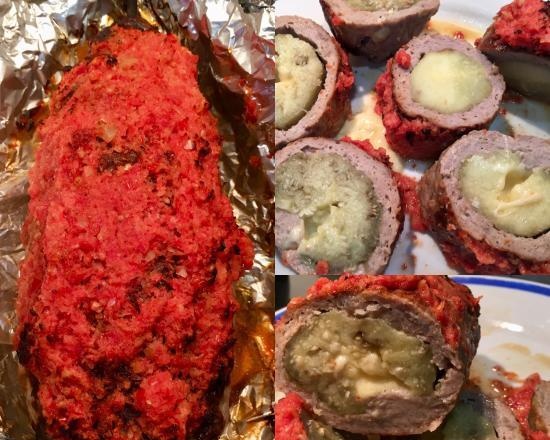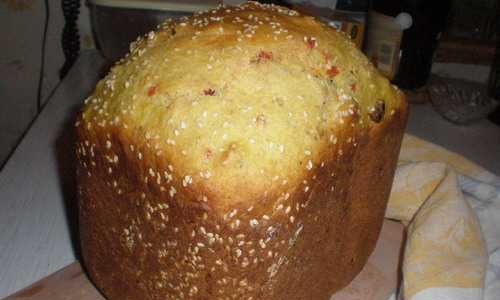|
 In the south-west of Colombia, with access to the shores of the Pacific Ocean, the lands of the Cauca Department are spread, since ancient times inhabited by the Chibcha, Paes, Muisca, Aviram, Thora, Coconuk, Bohol and other Indian peoples. In the south-west of Colombia, with access to the shores of the Pacific Ocean, the lands of the Cauca Department are spread, since ancient times inhabited by the Chibcha, Paes, Muisca, Aviram, Thora, Coconuk, Bohol and other Indian peoples.
Before the arrival of the conquistadors, the inhabitants of these territories were engaged in agriculture - they grew corn, agave, root crops, cocoa and coffee. The first Spanish conqueror, who appeared in 1536 in search of the cherished gold-bearing El Dorado, was Adelantado Belalcazar, with whose arrival the traditional way of life changed and a new Creole culture began to form, penetrating into all spheres of life, including gastronomy.
The Spanish conquerors taught the Indians to raise livestock, obtain meat, milk and dairy products, in addition, they brought in many agricultural plants that are still successfully cultivated in Cauca and are used in Creole cuisine based on the heritage of Indian and Spanish culinary customs. The centuries-old history, preserved recipes, tradition and uniqueness were the reason for holding the annual National Gastronomy Congress in the capital of the department, Popayana, and for the inclusion of regional cuisine in 2005 in the UNESCO Intangible Cultural Heritage List.
A large part of Cauca's dishes are prepared on the basis of corn dough. anejo... To obtain it, the soaked corn grains are cleaned, washed thoroughly and placed in an earthen vessel with water for 15 days, after which they are ground and passed through a sieve twice. The prepared starchy mass is boiled in a bronze or copper saucepan until it thickens. This dough is stored in a cool place and used for cooking as needed. One of the dishes based on anecho is quarantine (carantanta), which in Chibcha means stale cornbread, is a soup with white and yellow potatoes, vegetable bananas, pieces of dough and coriander.
A number of typical soups of the region continue with such dishes:
• caldo batido - broth with boiled beef grated in a meat grinder or blender, to which cassava, potatoes, onions, sweet and hot peppers, garlic and seasonal herbs are added;
• sancocho de gallina - a very rich soup with ingredients such as a whole chicken, beef tail, several varieties of onions, green tomatoes, corn cob, cassava, plane trees, saffron, pepper and other spices;
• sango - vegetable soup with meat broth and orange juice, which includes ground yellow corn, ulluko, potatoes, cassava, green beans, cabbage and hogao sauce.
Cauca is one of the Colombian regions with the highest meat consumption. Most often used in local cuisine pork, beef and poultry, less often - rabbit meat and mutton... Among the wide range of meat dishes, baked goods can be especially noted:
• chicken patties (empanadas de pollo), stuffing for which is made from chicken breast, parsley, green and red peppers, onions and tomatoes;
 • lamb patties (empanadas de cordero) filled with chopped lamb, onions, raisins, hot peppers and spices; • lamb patties (empanadas de cordero) filled with chopped lamb, onions, raisins, hot peppers and spices;
• surullos (zurullos) - pies fried in oil in a pan corn dough stuffed with cassava, ground beef and celery;
• pastel de arracacha - a dough pie based on mashed arracaca and cassava filled with spicy minced beef or pork.
The Pacific region of Colombia, to which Cauca belongs, is characterized by exceptional biodiversity, so it is not surprising that a significant part of the department's menu is occupied by fish dishes. The symbol of the municipality of Guapi overlooking the ocean is tapao de pescado - stewed potatoes with cassava, sycamore, tomato, onion and paprika. For the preparation of this dish, fish can be very different, river or sea, fresh or pickled, but the most common is wahoo - a large tropical representative of the mackerel family.From spices to tapao add garlic, achiote, cumin, coriander and parsley, sometimes the water is replaced with coconut milk.
Various sauces and spicy additives serve as additions to side dishes or savory pastries:
• aji pique - a spicy mixture of habanero peppers, tomatoes, green onions, parsley and cilantro with vegetable oil, vinegar and lime juice;
• oao - Creole sauce from tomatoes, onions, garlic and coriander, stewed together in olive oil;
• aji de mani - ground peanut sauce with hot peppers, tomatoes, green onions, cilantro with lemon juice and chicken broth.
Elena
|
 In the south-west of Colombia, with access to the shores of the Pacific Ocean, the lands of the Cauca Department are spread, since ancient times inhabited by the Chibcha, Paes, Muisca, Aviram, Thora, Coconuk, Bohol and other Indian peoples.
In the south-west of Colombia, with access to the shores of the Pacific Ocean, the lands of the Cauca Department are spread, since ancient times inhabited by the Chibcha, Paes, Muisca, Aviram, Thora, Coconuk, Bohol and other Indian peoples.





